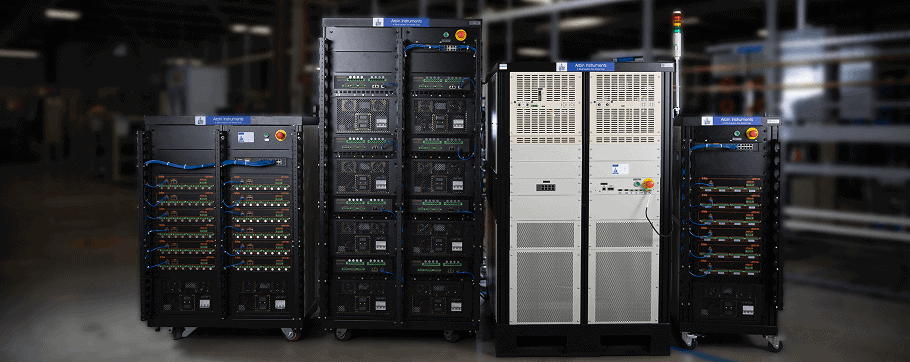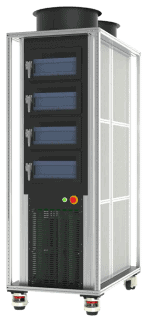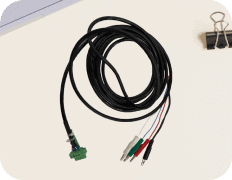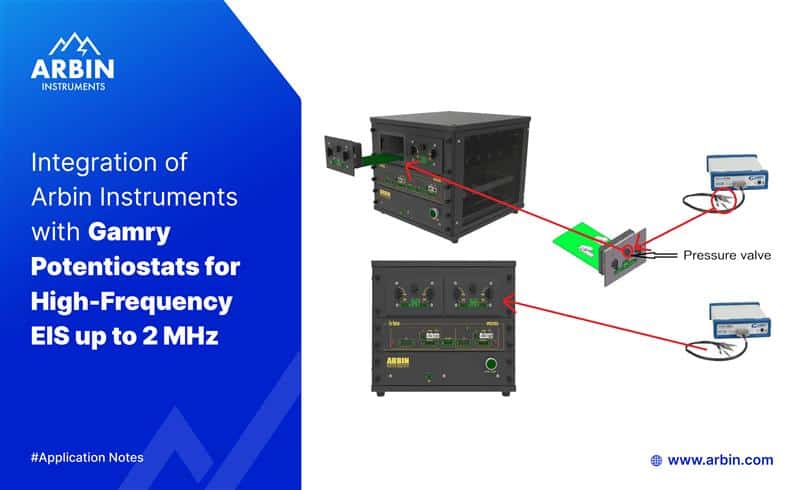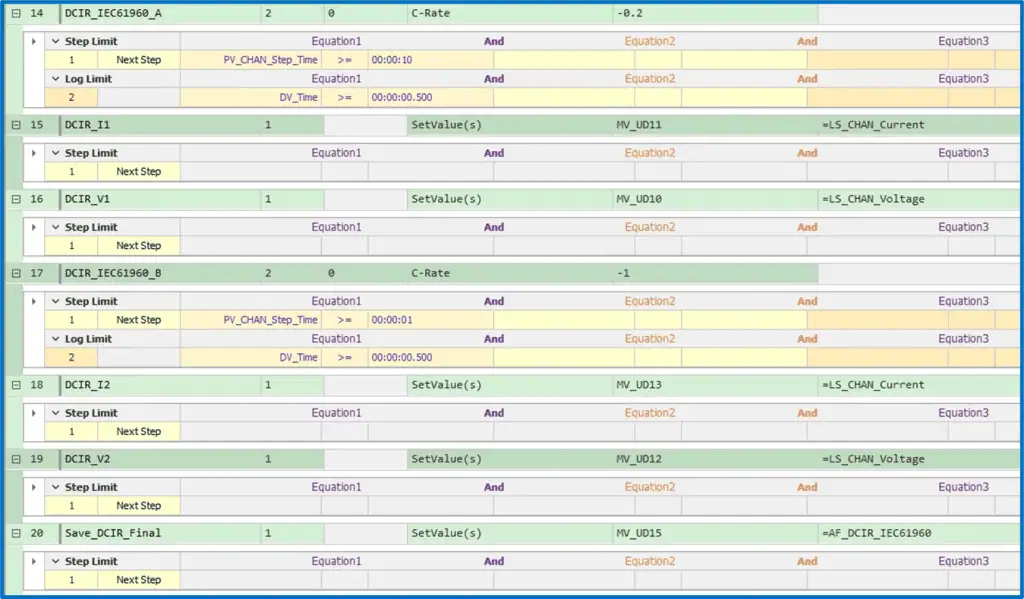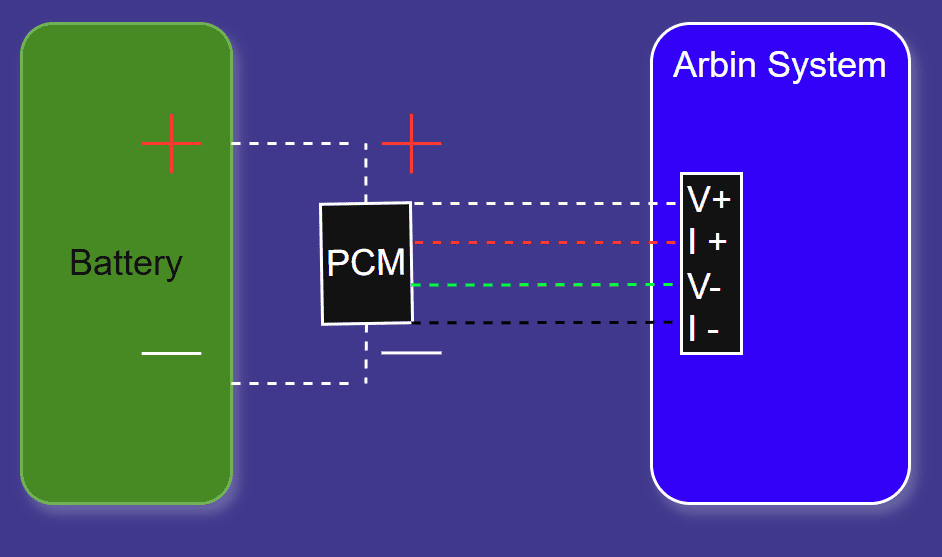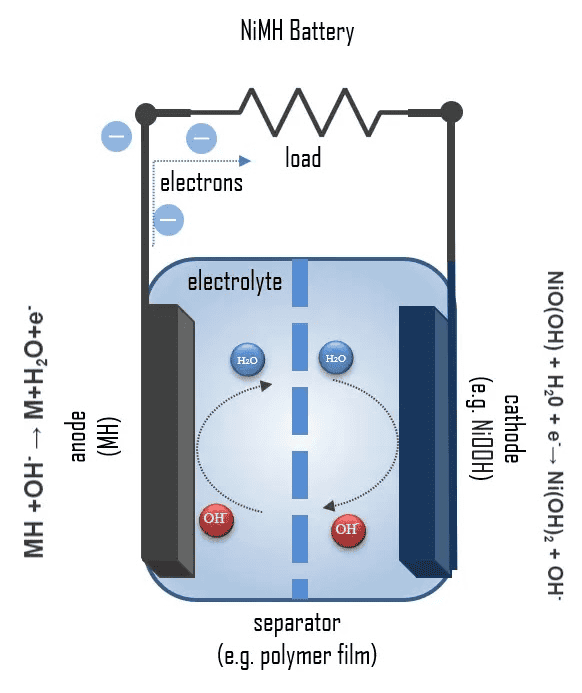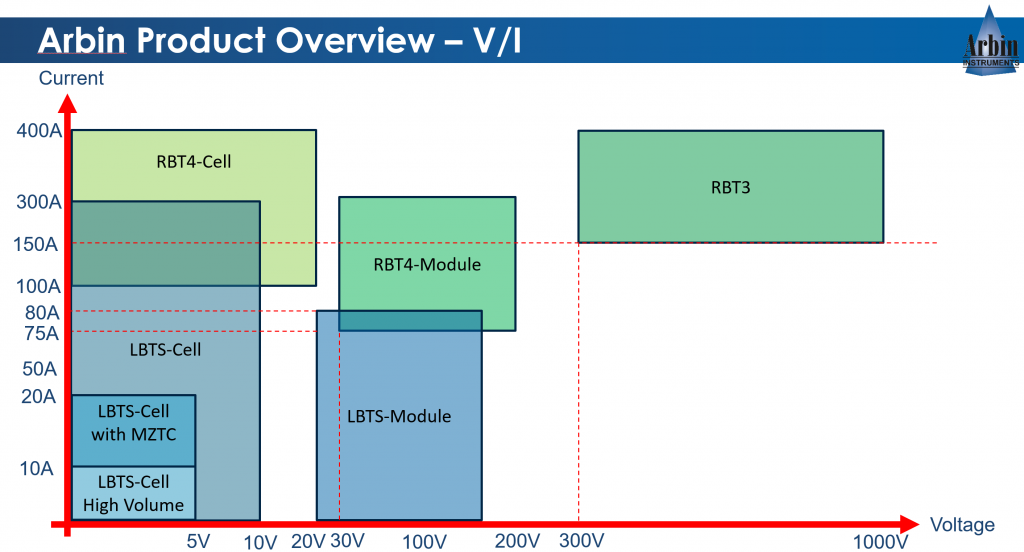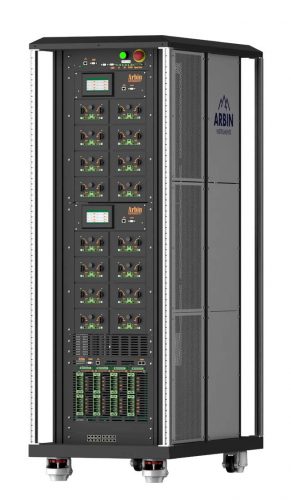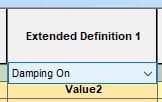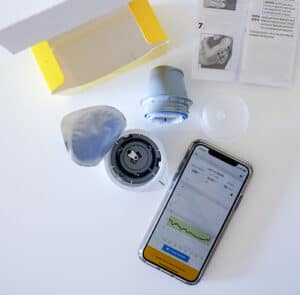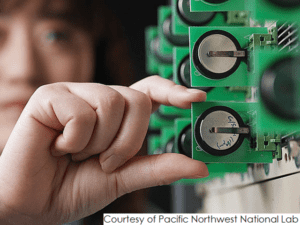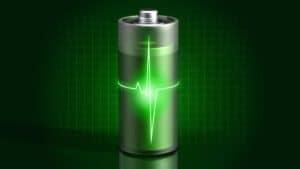전압, 온도 및 델타-V: NiMH 전지의 완전 충전 표시기 니켈-금속 수소(NiMH) 배터리는 양극(음극)으로 수산화니켈(NiOOH)을, 음극(양극)으로 수소 흡수 합금을 사용하는 충전식 배터리의 일종입니다. 니켈 카드뮴(NiCd) 배터리와 비교했을 때 NiMH 배터리는 몇 가지 뚜렷한 장점을 제공합니다: 덕분에 [...]
블로그

주제
가장 인기 있는
최신
Arbin at The Battery Show North America 2025 — Empowering the Future of Energy Innovation
Arbin Instruments was honored to participate in The Battery Show North America 2025 in Detroit — the largest gathering of professionals driving innovation in advanced battery and electric vehicle technology. The event brought together global leaders, researchers, and manufacturers to discuss emerging trends, sustainability, and the technologies shaping the future of energy storage. At our […]
Moments of Collaboration: Arbin’s Successful Engagement at ICNaB 2025
The event photos from ICNaB 2025 clearly showcase Arbin’s strong presence and successful customer engagement. You can see our team interacting with attendees, demonstrating technology, and explaining solutions to interested visitors. The images capture genuine exchanges — customers asking questions, sharing ideas, and engaging with Arbin staff. Overall, the photos reflect not just a booth, […]
Overview about what Arbin products to choose-1
Arbin’s Battery Testing Systems Arbin’s main products are advanced battery testing systems that accurately simulate real-world charge and discharge cycles. These systems help researchers, engineers, and manufacturers evaluate battery performance, safety, and lifespan under a wide range of conditions. Key Specifications Two of the most important specifications of a testing system are its maximum channel […]

